2017
Rakuten
The No.1 Japanese online marketplace in Taiwan

My domain
Design thinking implementation
Idea lab
OVERVIEW
Rakuten is a renowned Japanese company specializing in electronic commerce and online retailing. It operates in over 20 countries and regions, and one of its crucial operation hubs is Rakuten Taiwan. The company's operations in Taiwan extend beyond the local market to encompass international system design, underscoring its significant role in the global e-commerce landscape.
the challenge
Rakuten has built its reputation on its popular membership reward system.
However, as competitors have introduced similar programs offering larger
discounts and more types of rewards, Rakuten's market position has been
under threat. Consumers have become increasingly difficult to please and
retain their loyalty.
During my time as a researcher at Rakuten from 2017 to 2018, I
conducted over 20 studies to improve various business metrics such as
conversion rates and web/app usability. In addition, I had the opportunity
to redesign the membership system, resulting in a significant increase in
profits.
my approach
In my role as the inaugural researcher in the User Experience department,
I was tasked with spearheading optimisation projects using both
quantitative and qualitative research methods. In a global organisation
such as Rakuten, decision-making is a deliberate and meticulous process.
To begin my projects, I utilised Adobe SiteCatalyst to conduct data analysis
and gather relevant information. I then transformed the collected data points
into actionable insights regarding customer behaviour.
While data analysis is a valuable tool for gaining insights into customer behaviour,
it cannot provide a complete picture of our customers. The true intentions,
needs, and emotions of our customers are often absent from numerical data.
To delve deeper into understanding our customers, I supplemented quantitative
research with qualitative research methods such as interviews, journaling,
field studies, focus groups, and usability testing. These methods allowed me
to gain a more comprehensive understanding of our customers' experiences and
uncover insights that may have been missed through data analysis alone.
cases
usability testing
As part of my research, I conducted a usability testing study to examine
how people shop online. To introduce an environmental variable,
participants were asked to utilise their most common posture in various
settings, including at home, during a commute, and in a public space such
as school or the office. This approach allowed us to gain a better
understanding of how customers interact with our platform in different
contexts and environments.
Through this study, I was able to identify the most common use scenario for
online shopping and discovered that the System Usability Score (SUS) varied
depending on the scenario represented. To ensure a seamless shopping experience
for our customers, it was essential to consider all these scenarios and provide
tailored designs to meet their needs.
Consequently, I developed a design guideline that incorporated the identified
scenarios. This guideline was widely adopted across teams to improve our mobile
experience and ensure that we provided our customers with the best possible
online shopping experience.
usability testing
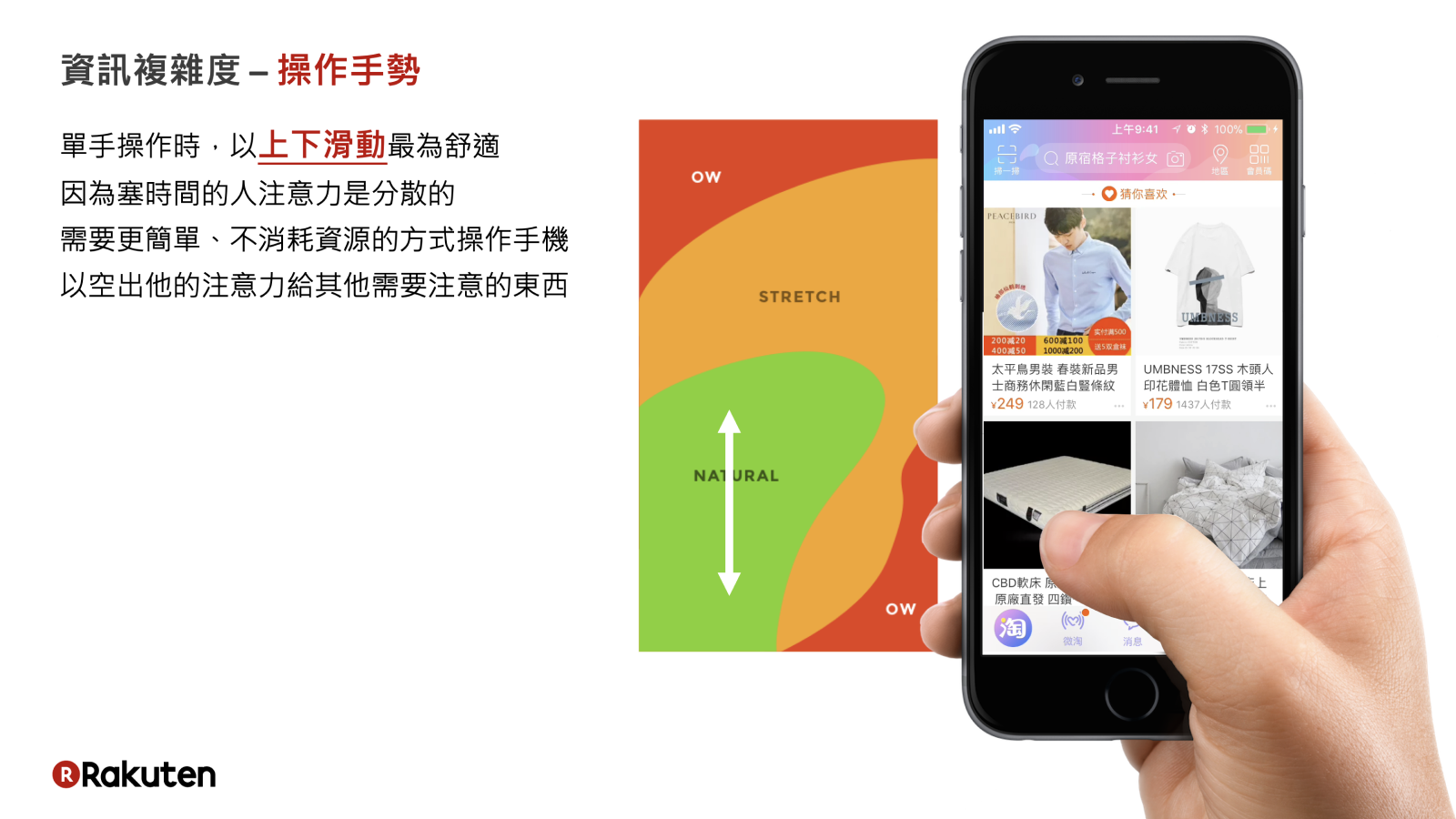
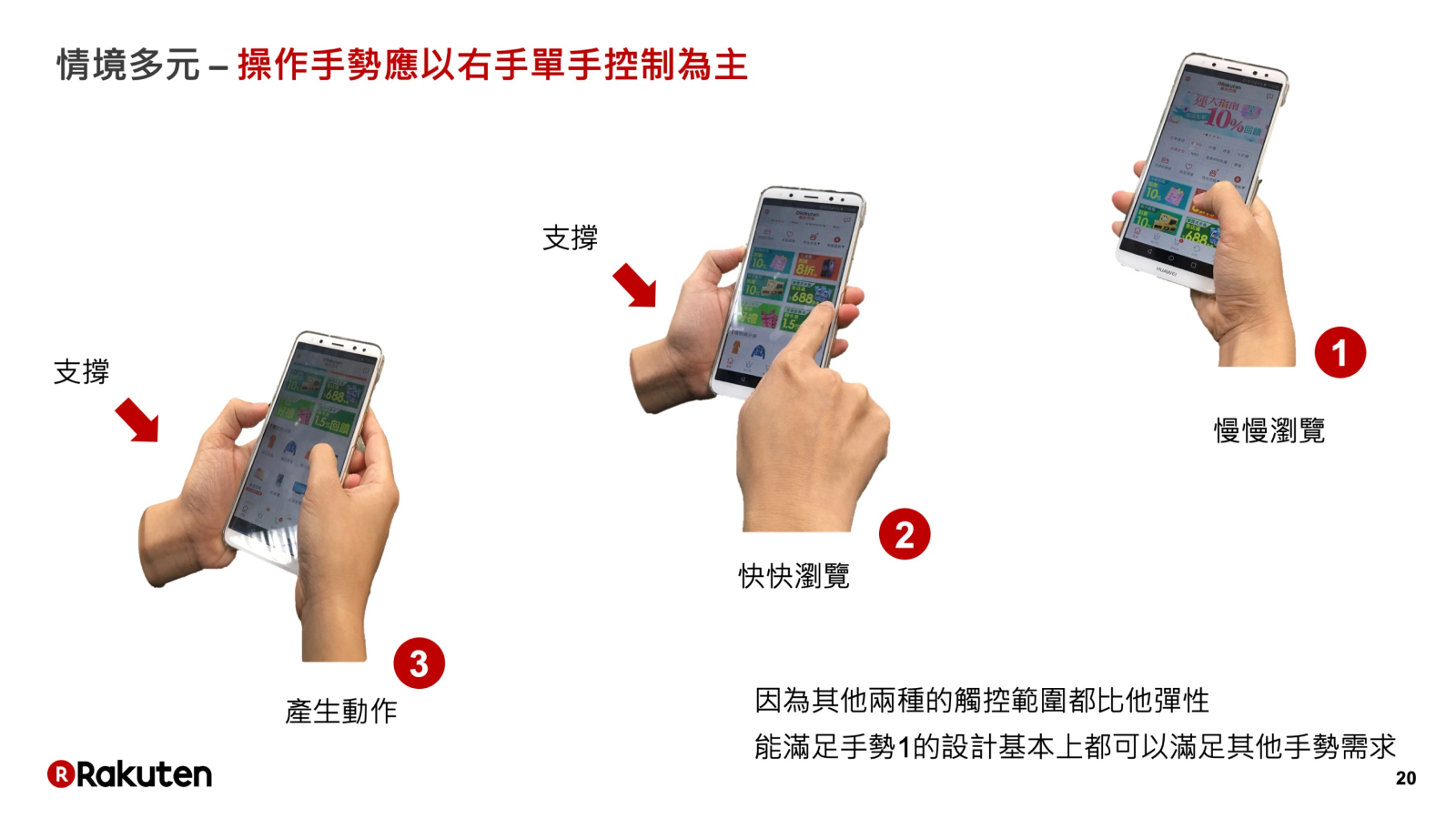
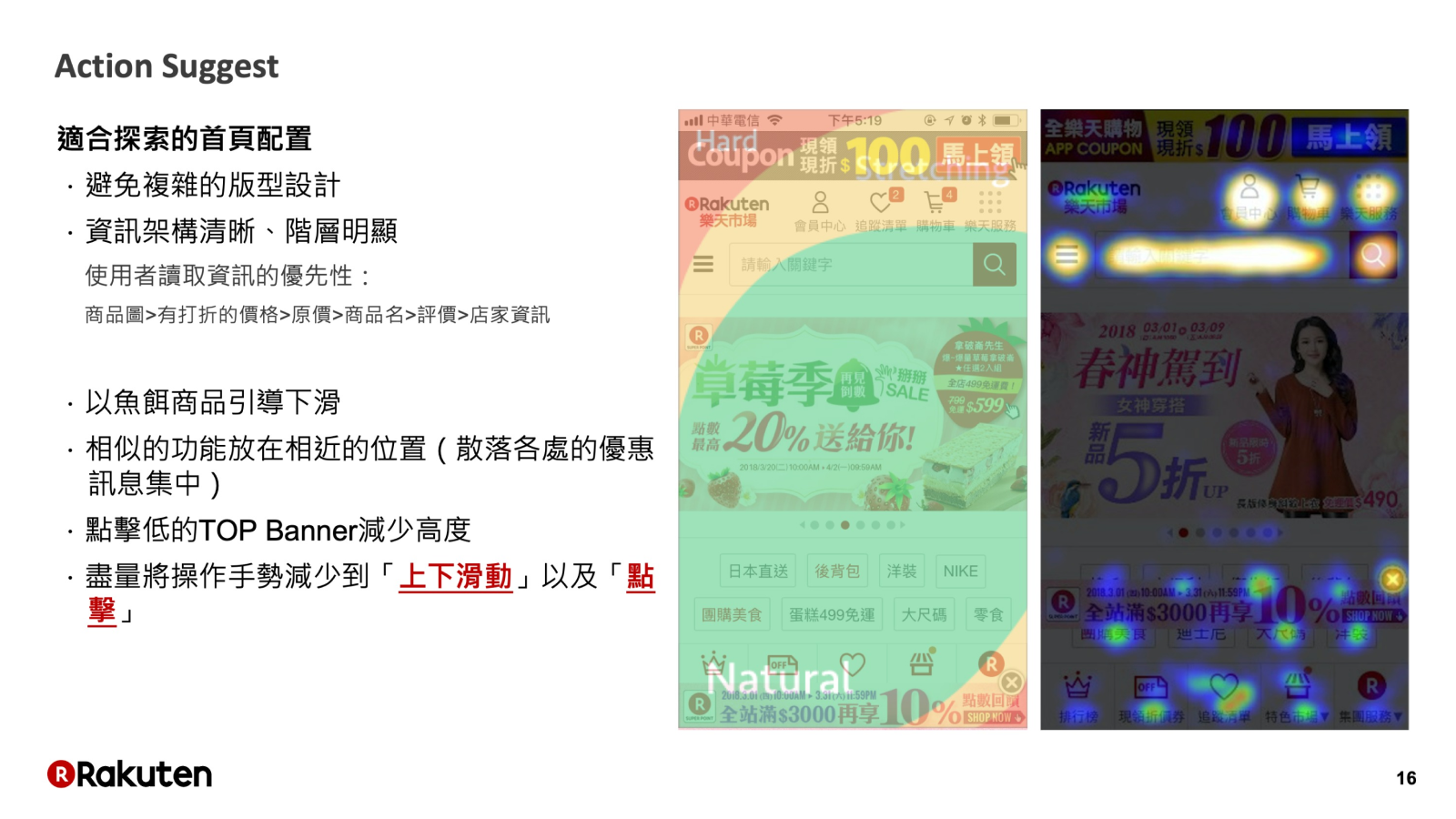
cognition experiment
In today's fast-paced world, people are bombarded with a wealth of
information daily. For e-commerce platforms, effectively communicating
with target customers is crucial for success.
To tackle this challenge, I conducted a study in which I compared various copies
used by some of our competitors. I aimed to evaluate how general consumers
interpreted these words and how they felt about the sentences used in the copy.
By doing so, I gained insights into how we could communicate more effectively
with our target audience and better meet their needs.
Based on my findings, I developed a UX writing strategy that could be implemented
into Rakuten's marketing campaigns and product information pages. The implementation
of this strategy resulted in a significant increase in the average order value,
indicating that the revised copy resonated more effectively with our target
audience.
By carefully considering the language and tone used in our communication,
we were able to more effectively connect with our customers and provide them
with a more positive and engaging experience on our platform.
cognition experiment
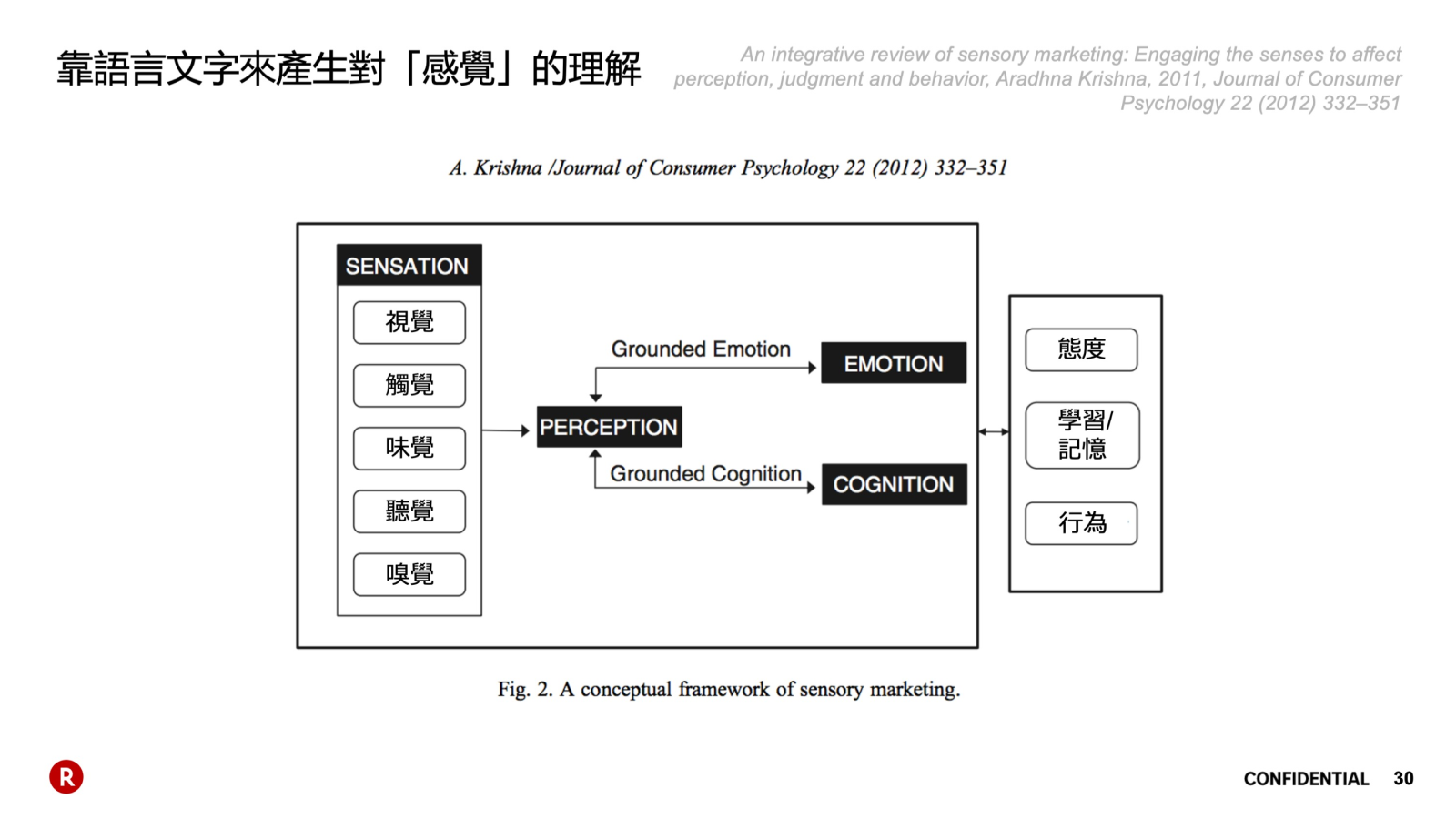
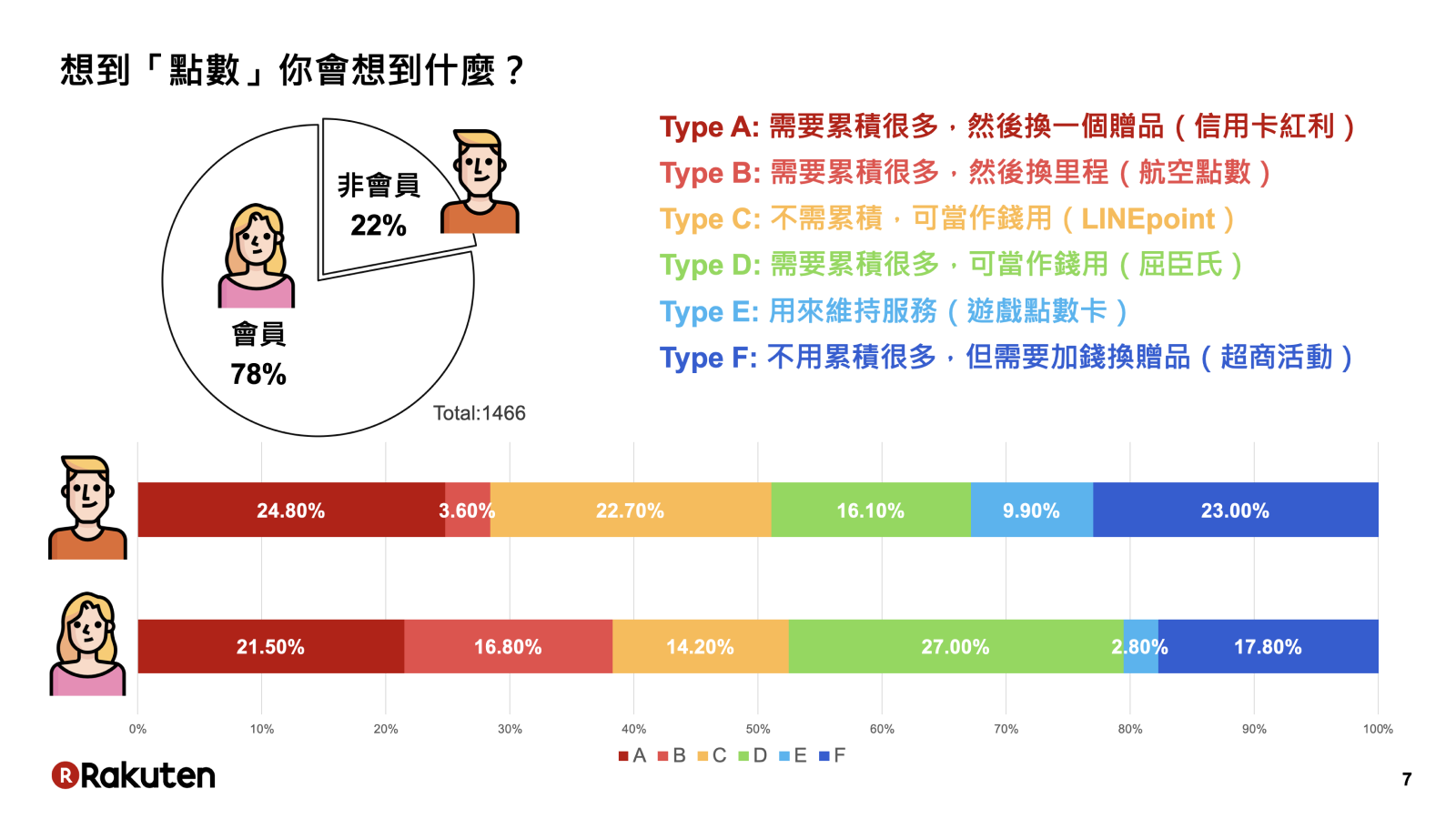
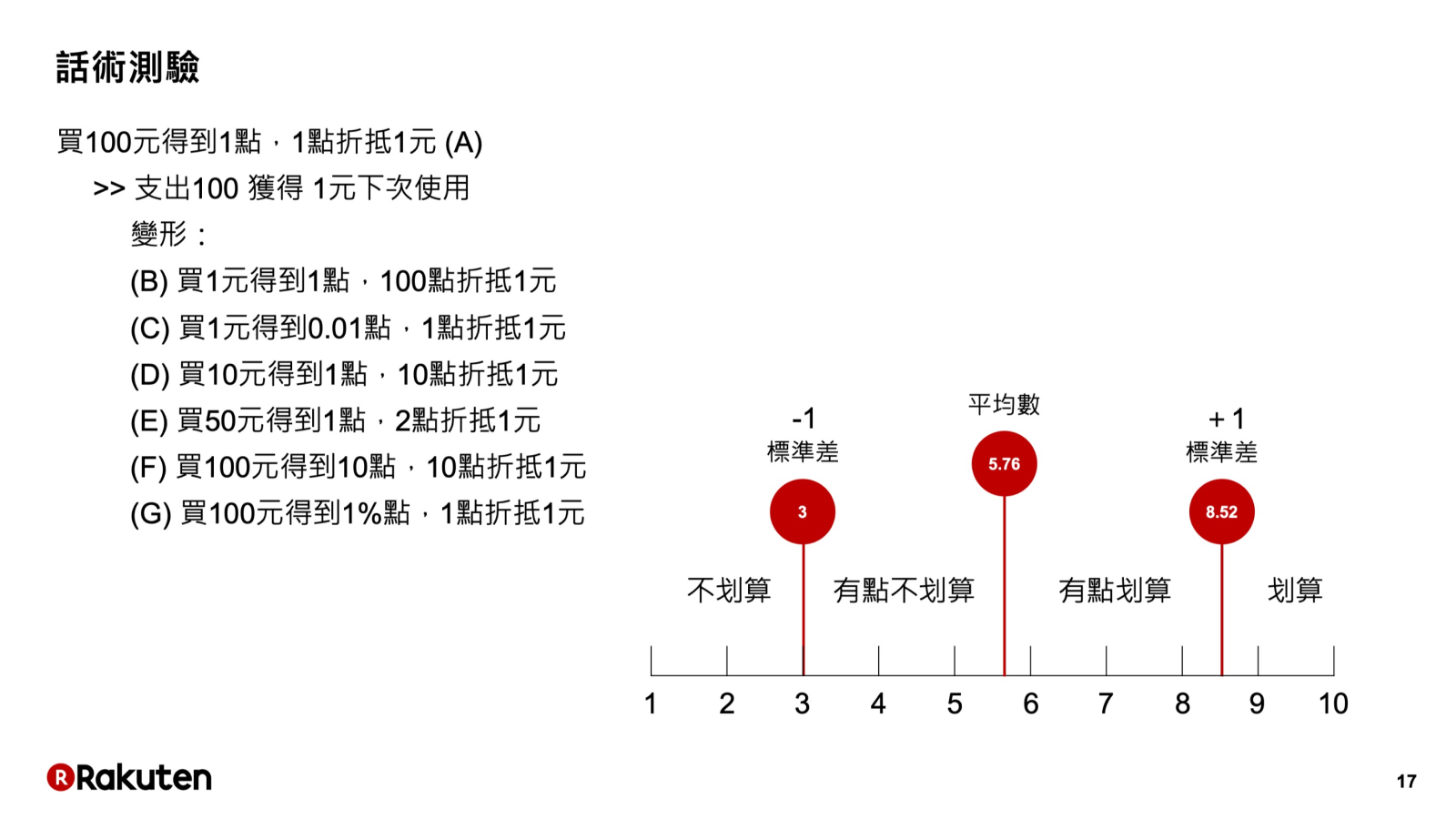
marketing campaign enhancement
During my time at Rakuten, I recognized that our routine marketing
campaigns were the primary driver of profit share each year, and
increasing year-over-year (YOY) profit was a top priority for the company.
To this end, I introduced a model that measured customers' attitudes towards
different types of marketing campaigns, such as discounts of 30%, coupons,
or Rakuten's super points. Through this study, we gained insights into how
customers perceived different types of discounts and which discounts were most
effective in driving checkout behaviour.
By leveraging these insights, we were able to optimise our marketing campaigns
and create more effective offers that resonated with our customers, resulting
in increased profit and a stronger market position for Rakuten.
kano model
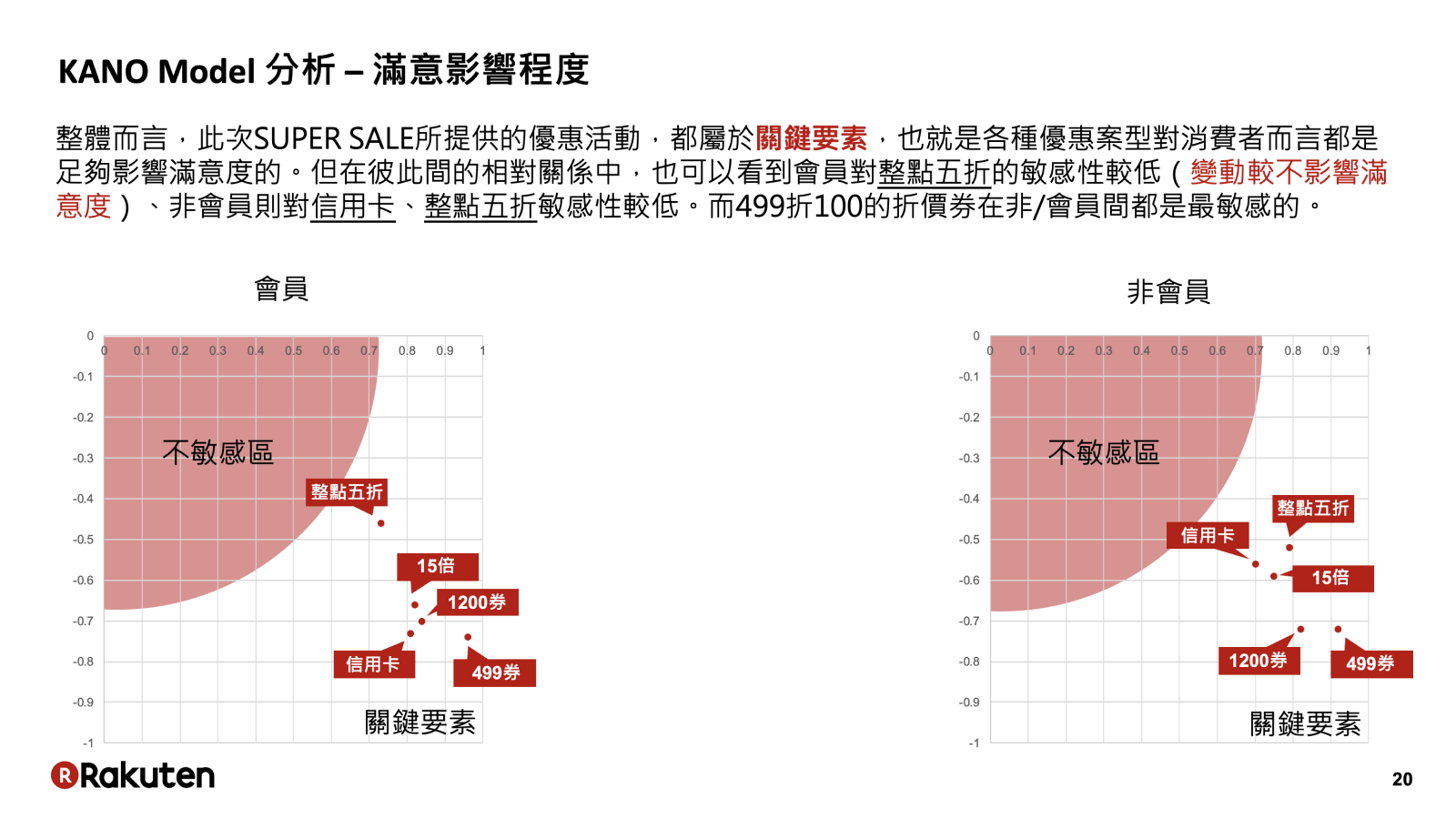


By leveraging data-driven insights and refining our approach over time, we were able to create more impactful and engaging product that helped drive increased sales and revenue for Rakuten. By continually measuring and optimising our product, we were able to remain competitive in an ever-changing market and continue to grow our business over the long term.
Through the development of a series of research methods for measuring the user experience, we were able to compare results across different seasons and collaborate more effectively with the marketing team to create campaigns that resonated more strongly with our customers.